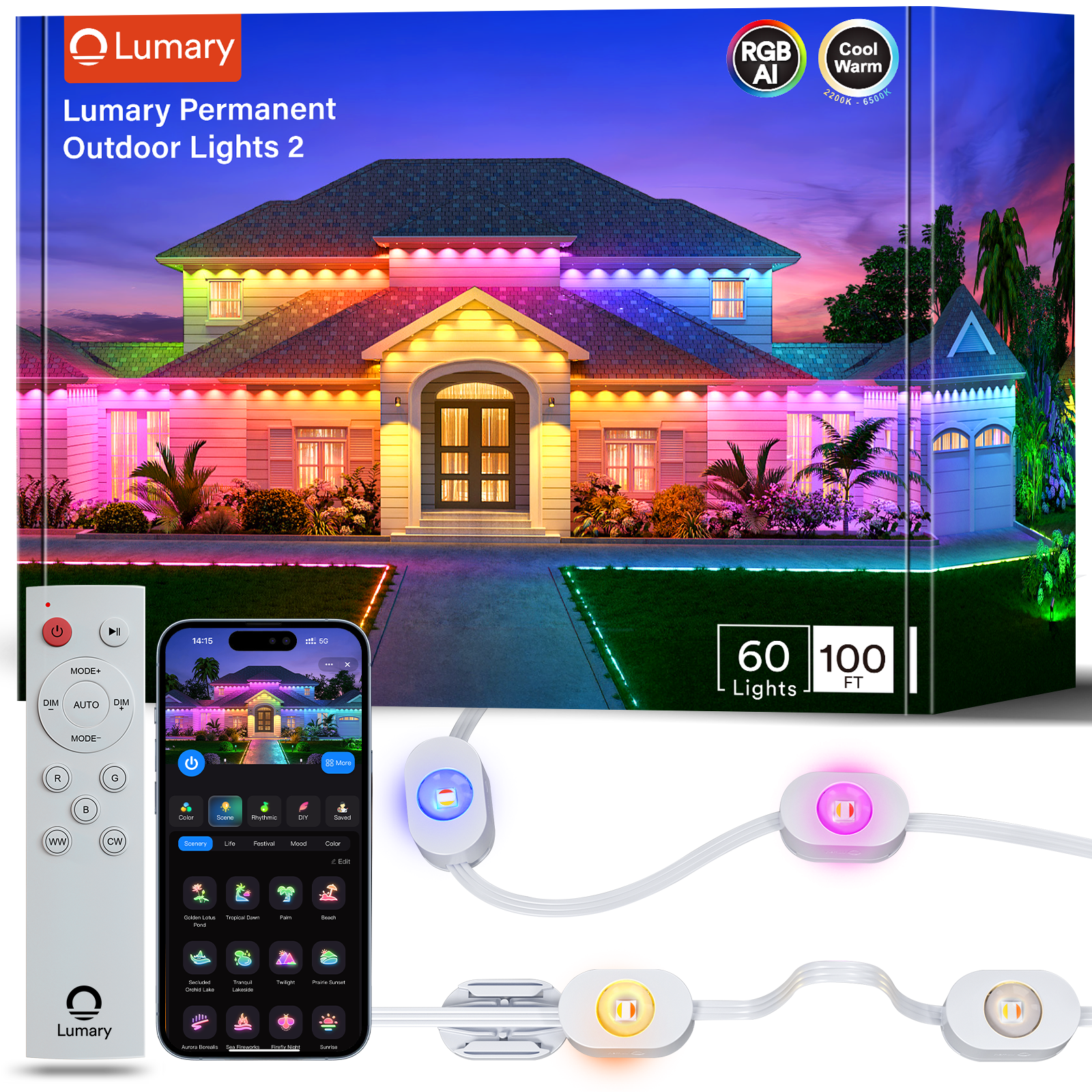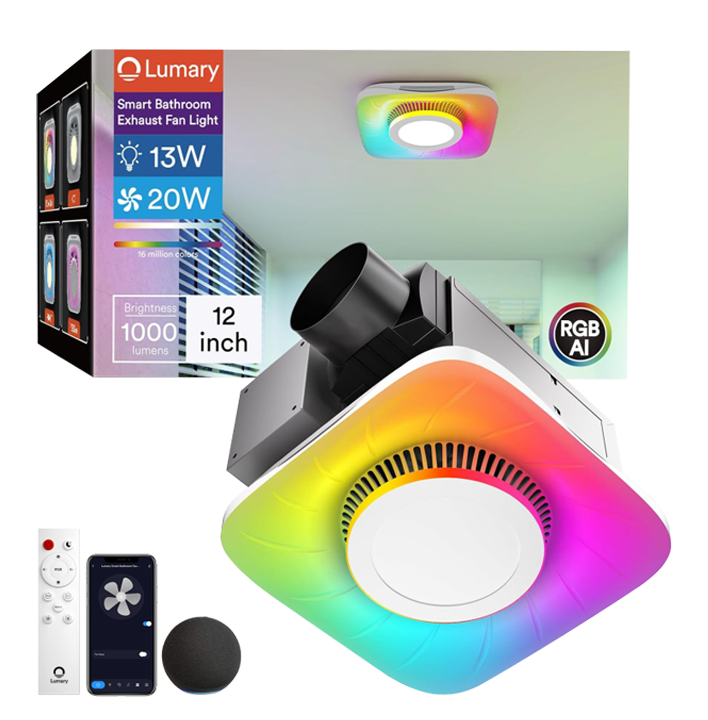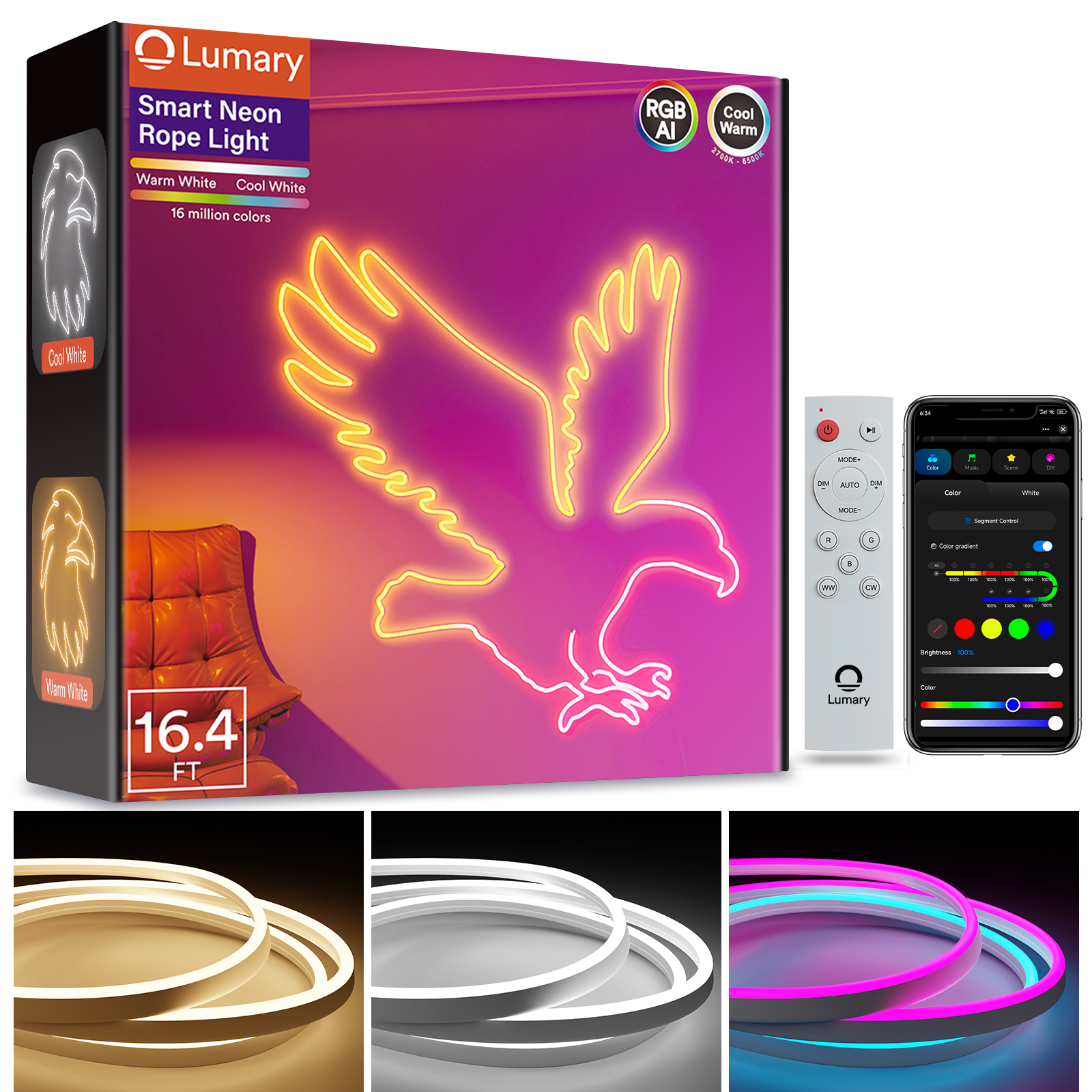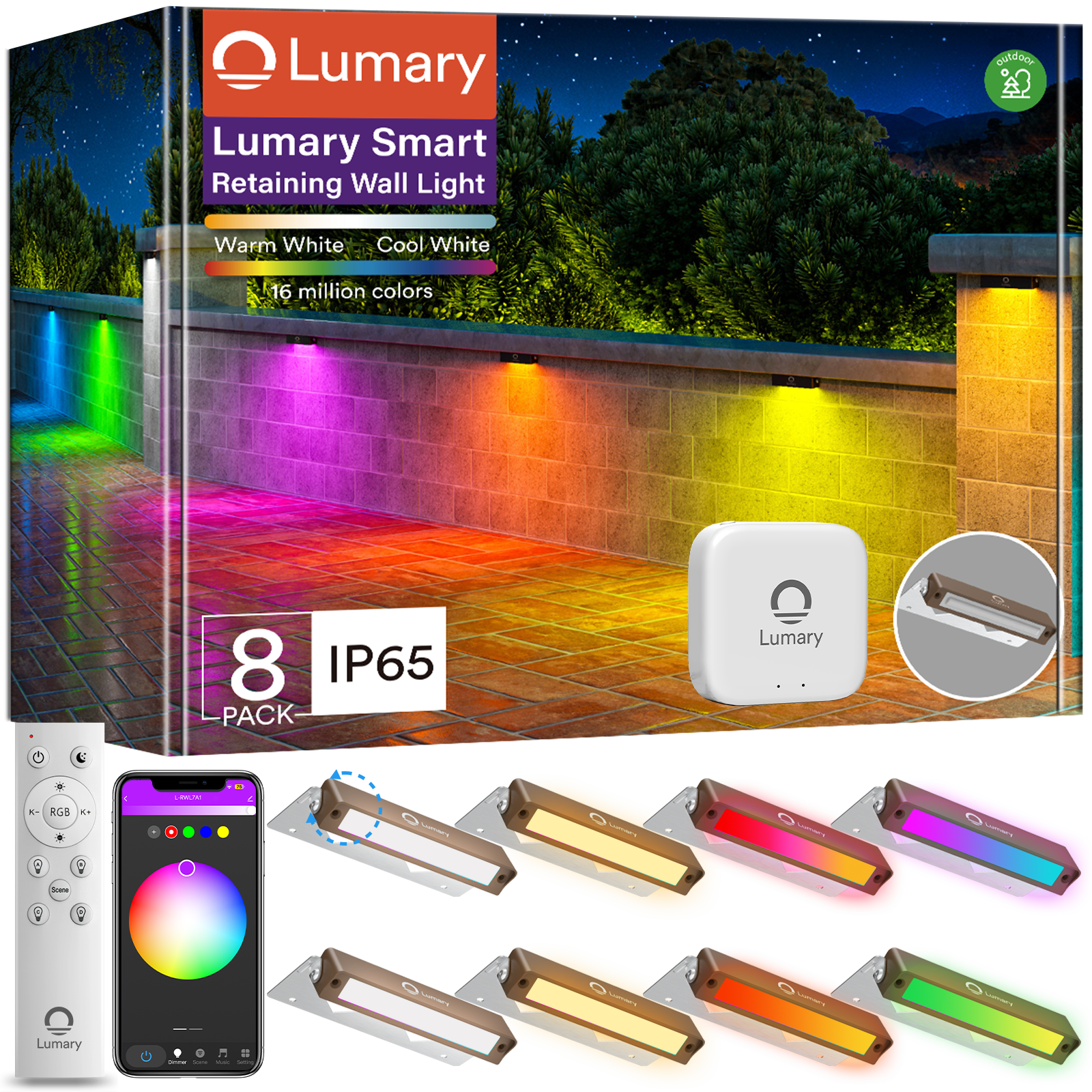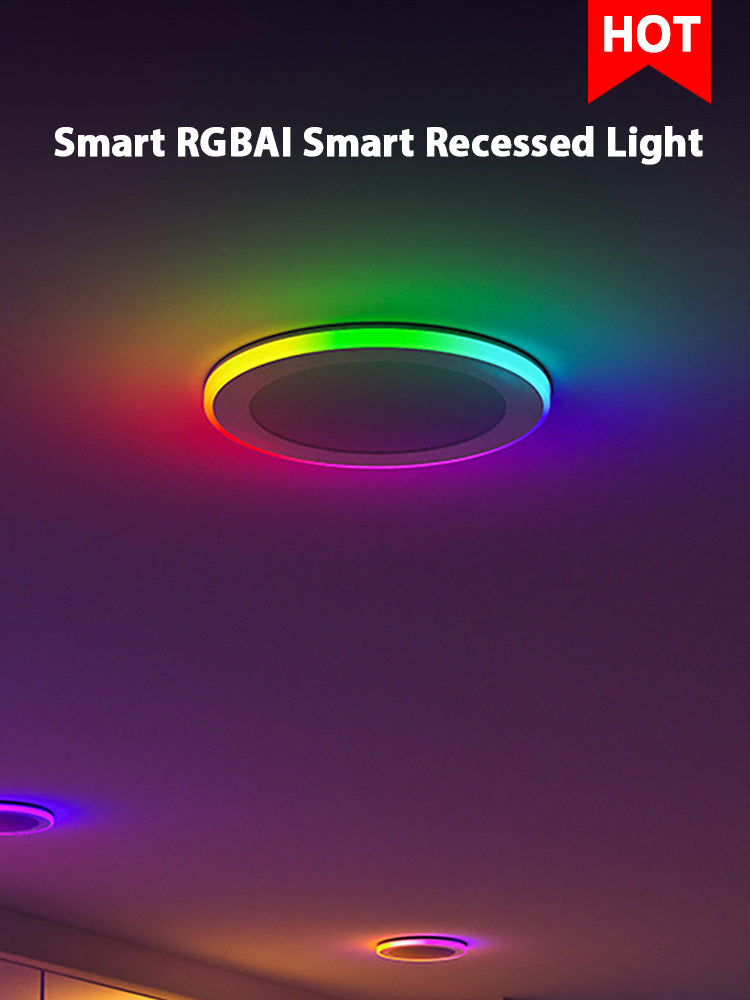You may get upset when your outdoor yard lights stop working. Most outdoor lighting problems are easy to fix. You do not need special skills. You just need patience and to be careful. Many people save $200 to $2,000 by fixing these problems themselves. They do not have to call a professional. If you learn to fix outdoor yard lights, you save money. You do not pay for expensive labor. Even Spot Lights and other outdoor lights often need only simple checks. This helps keep your yard bright.

Key Takeaways
-
First, look at the power sources, bulbs, and wiring. This helps fix most outdoor yard light problems fast and safe. Check these things before trying anything else.
-
Look at your lights often and clean them. This helps you find small problems early. It also keeps your yard bright.
-
Use good parts that can handle weather, like LED bulbs and waterproof connectors. These parts help your outdoor lights last longer.
-
Keep your lights safe from water and animals. Seal the connections and use covers to protect them.
-
Safety is very important. If the problem is hard or seems unsafe, call a professional electrician for help.

Outdoor Yard Lights Not Turning On
When your outdoor yard lights do not turn on, you might feel frustrated. Do not worry. You can fix most problems with a few simple troubleshooting steps. Let’s walk through the most common problems and their solutions.
Power Issues
Before you touch anything, always think about safety.
Safety Tip:
Never touch fallen or exposed power lines.
Use only outdoor-rated products.
Keep outlets dry and covered.
If you use a ladder, keep it away from power lines and use a fiberglass ladder.
Start by checking if your outdoor lighting has power.
-
Find all your outdoor yard lights and look for damage or loose wires.
-
Test each light to see if it works.
-
If none turn on, check your transformer. Overloading, loose connections, or bad weather can cause power failures.
-
Look for tripped breakers or blown fuses in your electrical panel.
Bulb Problems
Burned-out bulbs are one of the most common problems. You can spot faulty bulbs by checking which lights do not work. Try these steps:
-
Make sure each bulb is screwed in tightly.
-
Swap a bulb that does not work with one that does.
-
If the bulb still does not light up, you may need to replace bulbs with the correct type and wattage.
Here’s a quick look at how long different bulbs last:
|
Bulb Type |
Average Lifespan (hours) |
Years of Use (outdoor) |
|---|---|---|
|
Incandescent |
700 - 2,000 |
1 - 2 |
|
Halogen |
2,000 - 4,000 |
1 - 3 |
|
LED |
25,000+ |
4 - 6 |
LED bulbs last much longer and save you money over time.
Timer and Sensor Reset
Timers and sensors can fail and cause lights that won’t turn on. Resetting them often solves the issue.
-
Turn off the power at the breaker.
-
Wait 30–60 seconds, then turn it back on.
-
Test the timer or sensor.
-
Adjust settings if needed.
-
Clean the sensor to remove dirt.
If your timer or sensor keeps failing, you may need a new one.
Circuit Breakers and Fuses
Sometimes, a tripped breaker or blown fuse stops your outdoor lighting from working.
-
Check your main panel for any tripped breakers.
-
Reset them if needed.
-
Replace any blown fuses.
If you follow these troubleshooting steps, you can solve most common problems with outdoor yard lights. If you still have trouble, it may be time to call a professional for more advanced solutions.
Flickering or Dim Outdoor Yard Lights
Do your outdoor lights look strange or not bright? Maybe some lights flicker and do not stay on. These problems can make your yard look odd. They can also be unsafe. Let’s talk about what causes these issues and how to fix them.
Voltage Fluctuations
When voltage changes, your landscape lighting may not work right. Flickering or dim lights happen a lot with low voltage systems. Here is a table that shows how voltage drops change brightness:
|
Voltage System Type |
Voltage Drop (Volts) |
Impact on Brightness |
|---|---|---|
|
Line Voltage (120V) |
3-4 |
~2.5% decrease (barely noticeable) |
|
Low Voltage (12V) |
3-4 |
~25% decrease (significantly dimmer) |
Low voltage outdoor lighting gets much dimmer with small voltage drops. Loose wires, bad wiring, or long cables often cause this. If you check your system often, you can find these problems early.
Transformer Issues
The transformer is very important for your outdoor lighting. If it has problems, you may see flickering or dim bulbs. Sometimes, lights turn off and on by themselves. Here are some signs of transformer trouble:
-
Landscape lighting flickers or does not stay steady.
-
Lights far from the transformer look dim.
-
Some lights work only sometimes.
-
One or more lights stop working.
Try these steps to fix transformer problems:
-
Look at all connections and make sure they are tight.
-
Check for rust or dirt on the contacts.
-
Make sure your transformer can handle all your lights.
-
Replace old bulbs and clean dirty parts.
-
Test the voltage if you think the transformer is bad.
Moisture and Corrosion
Outdoor lighting gets wet from rain, snow, or humidity. Water can get inside and cause rust. This can make lights flicker, get dim, or even shock you. You might see broken wires or tripped breakers. To stop these problems:
-
Use fixtures and wire that do not rust.
-
Check your lights for water or loose wires often.
-
If you see water inside, call a professional to fix it.
Tip: Clean your lights and check for rust or water often. This can help stop problems before they start.
Heavy Circuit Loads
Too many lights on one circuit can cause overheating. This makes lights flicker or get dim. Wires can get damaged if they get too hot. LED lights with dimmers need a certain load to work right. Sometimes, adding a resistor or old bulb can help. Always keep your total wattage safe for your transformer and dimmer.
If your outdoor lights flicker or look dim, try these steps first. Most problems are easy to fix. If you still have trouble, you may need a professional to check for hidden problems.

Some Landscape Lights Not Working
If only some landscape lights do not work, you might feel puzzled. You want all your outdoor lighting to work at the same time. When some lights are dark, you can check them with easy steps. Let’s see why this happens and how you can fix it.
Broken or Loose Wires
Broken or loose wires are a common reason for some landscape lights not working. Look at each fixture and splice for problems. Check for loose wires, rust, or broken covers. Sometimes, animals or tools break wires underground. Use a voltage meter to check if each light gets power. Tighten loose wires and change any broken ones. If you do not see problems above ground, you may need to dig and look at the wires below. Checking your lights every year helps you find these problems early.
Tip: Always turn off the power before touching any wires.
Corroded or Damaged Connectors
Corroded or damaged connectors can make some landscape lights not working or flicker. Look for green or white stuff on the wire connectors. This means there is rust. Water can get inside and cause problems. If you see this, turn off the power. Take the wires apart and clean them with a wire brush. Use waterproof wire nuts when you put them back together. Do not use old connectors again. This keeps your landscape lighting safe and bright.
-
Signs of corroded connectors:
-
Lights flicker or work only sometimes
-
Green or white stuff near the connectors
-
Some zones do not work at all
-
Open Circuits
Open circuits mean electricity cannot flow in your outdoor lighting system. This can make some landscape lights not working. First, check the power at the outlet and see if the breaker or GFI switch is off. Look at the terminal block connectors for loose or missing wires. Tighten or change them if you need to. Check each fixture for cut wires. Fix any damage with silicone-filled wire nuts. Use a multi-meter to test for power and find broken wires underground. After you fix the problem, test the lights to make sure they all work.
If you use these steps, you can fix most landscape lighting problems. Checking and cleaning your lights often keeps your yard bright and your connections strong.
Landscape Lights Won’t Come On
When your landscape lights won’t come on, you might feel annoyed. You want your yard to look bright and safe. Many people face this problem with landscape lighting. Let’s look at the most common reasons and how you can fix them.
Photocell and Sensor Problems
Photocells and sensors help your landscape lighting turn on and off by sensing light. Sometimes, these parts stop working right. You might notice your lights stay off, turn on at the wrong time, or flicker. Here are some things that can go wrong:
-
Dirt or leaves cover the sensor, so it cannot sense light.
-
The sensor faces a light source, which confuses it.
-
Wires connecting the sensor get loose or damaged.
-
Water or weather damages the sensor.
-
The sensor itself wears out over time.
Tip: Clean the sensor and make sure nothing blocks it. Check for cracks or damage. If you see problems, you may need to replace the sensor.
Timer Misconfiguration
A timer controls when your landscape lighting turns on and off. If you set the timer wrong, your lights may not work as you want. Sometimes, the timer gets set to the longest time, so the lights stay on all night or never turn off. Other times, the timer does not match the sunset or sunrise. This can make it seem like your landscape lighting timer not working.
To fix this, check the timer settings. Look for a dial or menu. Set the timer to match when you want your lights to turn on and off. If the timer still does not work, try resetting it or replacing the batteries.
Transformer Output
The transformer gives power to your landscape lighting. If it does not work, your lights will not turn on. You can test the transformer with a voltmeter. Measure the voltage at the low voltage taps. If you see the right voltage, your transformer works. If not, check the power outlet, fuses, and all wire connections. Sometimes, the transformer shuts off because of a short or overload. Make sure you do not have too many lights connected.
If you check these things and your landscape lights won’t come on, you may need to call a professional. Most problems come from power issues, bad wires, or broken sensors. Regular checks help keep your landscape lighting bright and safe.
Common Outdoor Lighting Problems from Weather and Animals
Outdoor lighting problems often come from weather and animals. You might see lights stop working after a storm or notice wires chewed by animals. Let’s look at these common outdoor lighting issues and how you can protect your yard.
Water Damage
Rain, snow, and humidity can sneak into your outdoor lights. Water causes many problems, especially if your fixtures or connectors are old. Here are some ways water damage happens:
-
Water gets into failing connectors and frays wires. This can lead to short circuits or even fire hazards.
-
Rubber seals on your fixtures break down over time. Heat, age, and water make them weak. When seals fail, moisture builds up inside.
-
Once water gets in, sockets and wires start to rust. Corrosion spreads fast if you have bad or damaged connectors.
You can stop these problems by replacing worn seals, using weatherproof protectors, and making sure water drains away from your lights. If you see water inside a fixture, dry it out and fix the seal right away.
Rodent and Animal Damage
Animals love to chew on wires. Squirrels, rats, and mice often gnaw on outdoor lighting wires to keep their teeth short. They like the taste of plastic coatings, especially if the plastic is soy-based. This chewing causes flickering lights, power loss, and sometimes fire risks. Squirrels also bite bulbs and string lights, which can ruin your setup—especially during holidays.
Rodent damage happens often enough that you need to think about prevention. Try using pest deterrents, scents, or barriers around your lights. If you see chewed wires, replace them and check for more damage.
Tip: If you spot animal damage, act fast. Fixing it early keeps your lights safe and working.
Preventive Maintenance
You can avoid many outdoor lighting problems with simple prevention steps:
-
Use weather-resistant fixtures made from stainless steel or powder-coated aluminum.
-
Seal all electrical connections with waterproof connectors.
-
Bury wires deep enough and use protective conduit to keep them safe from digging and chewing.
-
Check your lights and wires often for fraying, rust, or loose parts.
-
Trim plants around your lights to stop debris and animal access.
-
Clean fixtures gently to remove dirt and bugs.
-
Power off your system before doing any work.
Regular checks and quick fixes help you avoid most common outdoor lighting problems. Good prevention keeps your yard bright and safe all year.
Cleaning and Maintenance Tips
Keeping your landscape lighting in top shape is easier than you think. With a few simple habits, you can make your lights last longer and shine brighter. Let’s look at some easy ways to care for your outdoor yard lights.
Regular Inspection
You should check your landscape lighting often. This helps you spot problems before they get worse. Here’s a simple schedule you can follow:
|
Frequency |
What to Do |
|---|---|
|
Weekly |
Look for broken bulbs, loose wires, or lights that do not turn on. |
|
Monthly |
Wipe off dust and dirt. Check wires for wear or damage. Tighten any loose parts. |
|
Yearly |
Replace old bulbs, test timers, and look at your transformer. Think about upgrading to LED bulbs for better energy use. |
If you keep up with these checks, you will catch issues like flickering lights or overheating fixtures early. This means you can find solutions before small problems turn into big repairs.
Cleaning Fixtures
Dirty lights do not shine as bright. You can clean your landscape lighting with just a few tools. Use a soft cloth and mild soap for most fixtures. For glass, try a glass cleaner and a lint-free cloth. For metal, stick to gentle soap and water. Stay away from harsh chemicals and never spray water right into the fixture.
Here are some quick tips:
-
Clean your lights at least twice a year.
-
Trim plants around your fixtures to stop scratches and blocked light.
-
After storms, check for water inside the lights and clear any debris.
-
Always let the lights cool before you clean them to avoid burns.
Tip: Keeping your fixtures clean helps prevent overheating and keeps your yard bright and safe.
Replacing Low-Quality Parts
Sometimes, cheap parts cause more trouble than they are worth. If you notice bulbs burning out fast or wires getting damaged, it might be time to upgrade. Choose weather-resistant fixtures and waterproof connectors for your landscape lighting. LED bulbs last much longer and use less power. If you see rust, cracks, or frayed wires, swap them out right away.
You can also call a professional for a yearly checkup. They can spot hidden problems and offer solutions that keep your landscape lighting working well all year.
Taking care of your landscape lighting does not have to be hard. With regular checks, gentle cleaning, and quality parts, you can enjoy a bright and safe yard every night.
You can fix most outdoor yard light problems with a few simple steps. Check your power, bulbs, and wires first. Clean your fixtures and look for damage often.
-
Do routine inspections to catch small issues early.
-
Use quality parts for longer-lasting lights.
Remember: Stay safe. If you find a big electrical problem, call a professional. Enjoy your bright, safe yard every night!
FAQ
Why do my outdoor lights keep burning out?
You might use the wrong bulb type or wattage. Sometimes, water gets inside the fixture. Loose connections can also cause this. Try using LED bulbs. They last longer and save energy.
Can I use indoor bulbs in my outdoor fixtures?
No, you should not use indoor bulbs outside. Outdoor bulbs handle weather and temperature changes better. Always pick bulbs labeled for outdoor use. This keeps your lights safe and working longer.
How often should I check my outdoor lights?
Check your lights every month. Look for broken bulbs, loose wires, or dirt. Clean them and fix problems right away. Regular checks help you catch small issues before they get worse.
What should I do if my lights still don’t work after troubleshooting?
If you tried all the steps and your lights still do not work, call a licensed electrician. Some problems need special tools or skills. Safety comes first!

